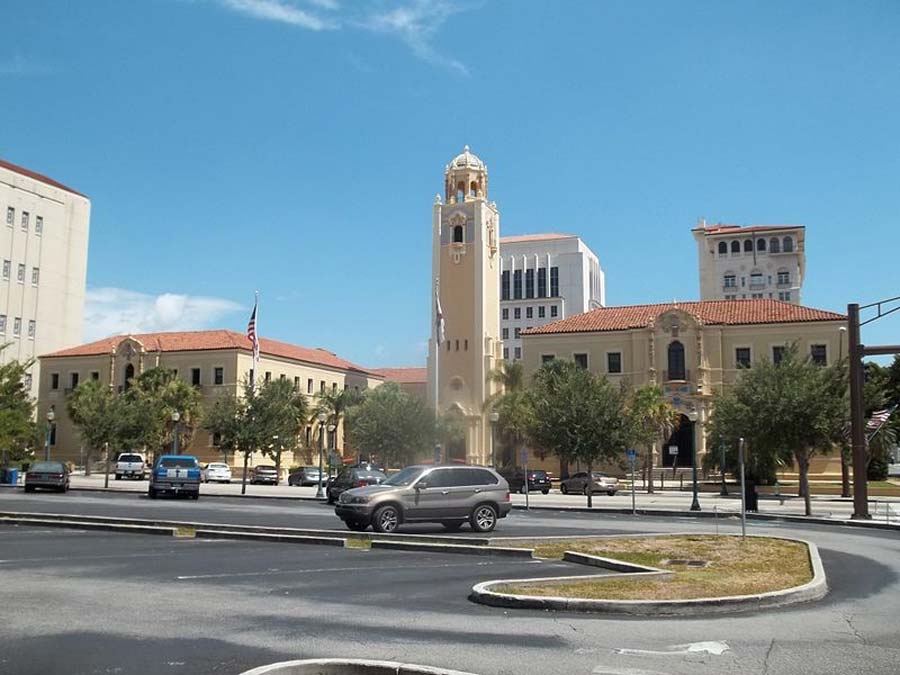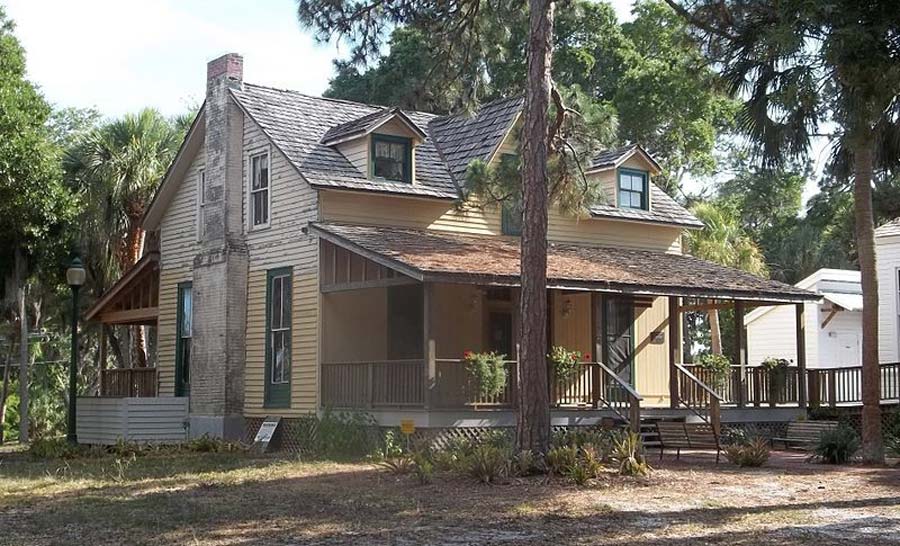Late in the 19th century, an organization was established on the south side of Sarasota Bay, Florida as a social and democratic club. However, by February 1885 the New York Times suspected that it had uncovered its true aims: the secret murder of political opponents. Comprising around 22 men at its height, the Sarasota Vigilance Committee bound themselves to each other with terrible oaths and vowed to keep the secrets of the group hidden from the public. Whether this was true or not, the group was held responsible for two notable murders. While this led to seven prosecutions, ultimately two escaped jail while the other five were pardoned.
Recruitment and Rank
According to Janet Snyder Matthews in her book “Edge of Wilderness: A Settlement History of Manatee River and Sarasota Bay, 1528-1885” the group recruited new members from the community and used intimidation, coercion, and threats to control them. They were encouraged to assist the other members of the group by appearing as jury members in their trials, or even help those who had been jailed to escape.
The Committee had a strict hierarchy, with the organizers Alfred Bidwell and Dr. Leonard Andrews at the top, referred to as “Judges”. Below them was Jason Alford or “Captain”, followed by Louis Cato and Charles Willard, the “Lieutenants”. Through this structure, they were able to recruit up to 22 other members to do their bidding.
Political Assassins
Two murders made the Sarasota Vigilance Committee infamous. One was the murder of Harrison T. “Tip” Riley and the other was of the postmaster Charles Abbe. Despite these murders being almost 6 months apart, after the murder of Charles Abbe a connection was made. Henry H. Hawkins, a local farmer, came forward days after the Abbe murder to connect the dots for the local sheriff and reveal much of what we know today about the so-called assassination group.
- Ken McElroy and the Vigilantes of Skidmore, Missouri
- Hellfire Club History: Beginnings of the Infamous Secret Society
Harrison T. Riley had been identified as a problem for the Vigilance Committee early on. Riley seems to have been involved in a process of removing local people from land that companies in the Northern US owned. This meant that people who had lived there were labeled as squatters and forced out. It was discovered by the group that Riley was involved in this process and sought to profit from it. The group decided to act.

“Judge” Andrews ordered that two of his newer recruits, brothers Coop and Miles Brown, take responsibility for the murder of Riley, under pain of death. Miles fell ill before the appointed date and missed the rendezvous. The group replaced him with two other recruits, Tom Drymon and Edmund Bacon, under the supervision of “Lieutenant” Cato.
Armed with a double-barrel shotgun and a muzzle-loaded rifle, the trio set out to murder Riley whilst he was en-route to the post office in Sarasota. All three fired their weapons and whilst Riley was hit, he survived until Cato cut his throat. The murder was not investigated.
The Second Murder
Between the years of 1876 and 1878, Charles E. Abbe purchased large swathes of undeveloped land in Sarasota. As well as this, he operated a general store and served as the area’s first postmaster. As an entrepreneur, he sought to encourage settlement in the area through events and fairs. He was an active politician who, though in a largely Democratic area, espoused a Republican agenda. Combined, all of this made him few friends in the area, and he was soon a target of the Committee.
In the lead-up to his murder, Abbe and his family experienced an increasingly hostile environment from the Vigilance group. His properties were vandalized, and his family was harassed. Abbe’s wife recalled that there were warning shots fired near her home, and even one instance of a knife being stuck into a table in her house during the night when she slept.
On the 27th of December 1884, Charles Abbe was murdered. He was out with his friend Charles Morehouse painting a boat on a road leading to the beach, when he was approached by two men: “Lieutenant” Willard and Joseph Anderson. Abbe was shot in the face at point-blank range with a double-barreled shotgun. Morehouse was allowed to flee. The body of Charles Abbe was then loaded onto a boat and dumped offshore.
Joining the Dots
For nearly two weeks after the crime, there was an increasing atmosphere of tension in the community. Slowly but surely, individuals began to come forward with more facts about the case and surrounding events. Henry L. Hawkins came forward, jeopardizing his safety to bring the Sarasota Vigilance Committee to justice. He encouraged others to come forward as their protection was guaranteed.

In two trials, Charles Willard and Joseph Anderson were convicted of the murder of Charles Abbe whilst several more were convicted for the murder of Riley including the “Judges” Bidwell and Andrews. Of all the men tried, 3 were sentenced to death, four were sentenced to life imprisonment and one was acquitted. However none were ultimately killed, many had their sentence commuted, and the ones that didn’t managed to escape jail later.
Why Were They Murdered?
The original explanation for these murders stemmed from Karl Grismer, who theorized that the Committee sought to eliminate people whom they saw as a threat to their community. Abbe and Riley were actively involved in buying up land for commercial gain. However, Matthews has investigated these claims. She concluded that the murders were instead for the personal gain of the Committee members.
The local community may have already had a growing resentment towards Abbe. He was a successful and versatile businessman who was greatly admired outside of the community. It was suggested that he had done more for the town of Sarasota than any before him. There is a potential that this admiration sparked resentment, leading to his murder.
The killers may have ultimately escaped justice in their own lifetimes, but the motives behind the murders of Charles Abbe and Harrison Riley are finally being brought to light.
Top Image: The murders appeared politically motivated. Source: Alik Mulikov / Adobe Stock.
By Kurt Readman